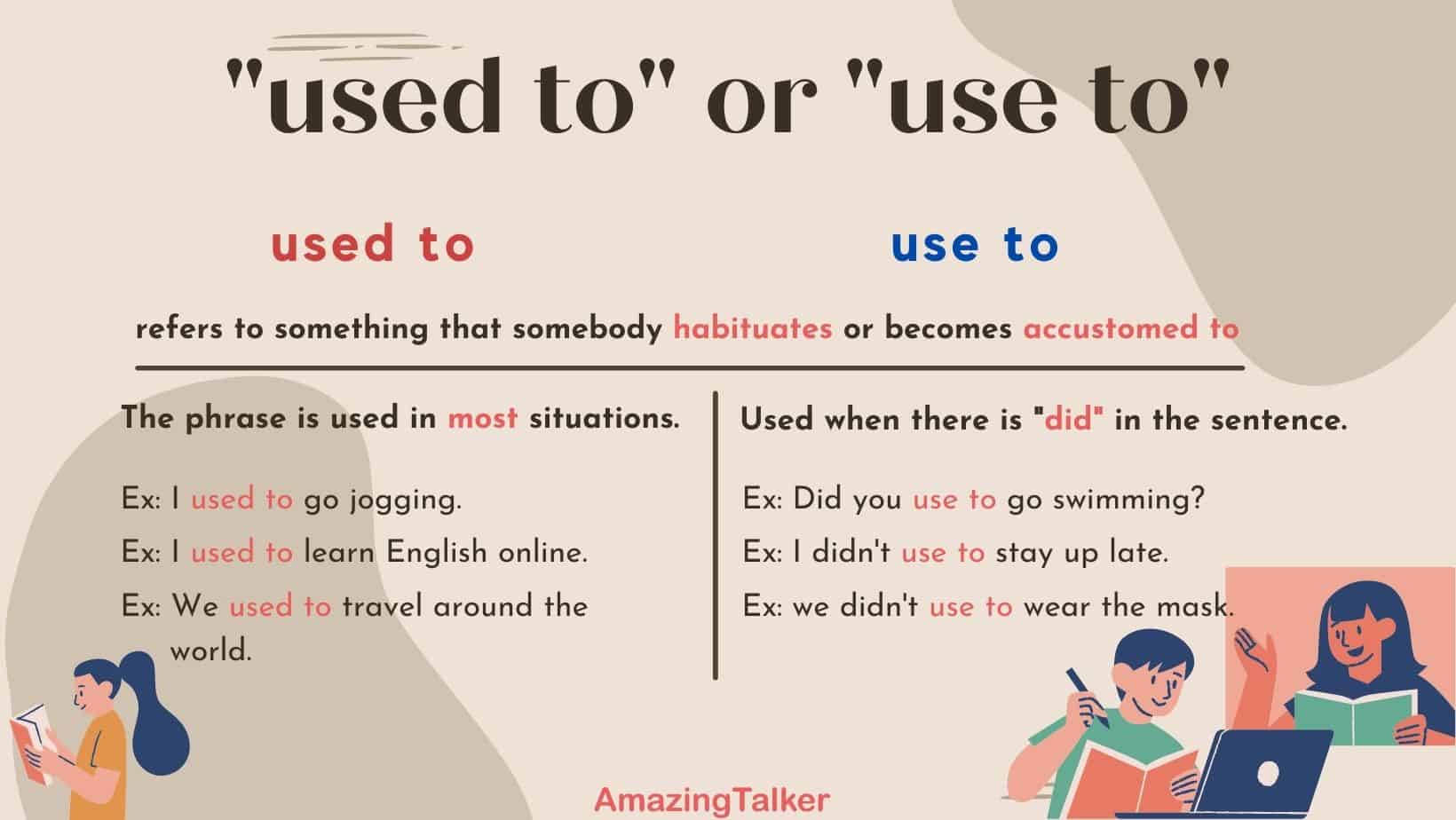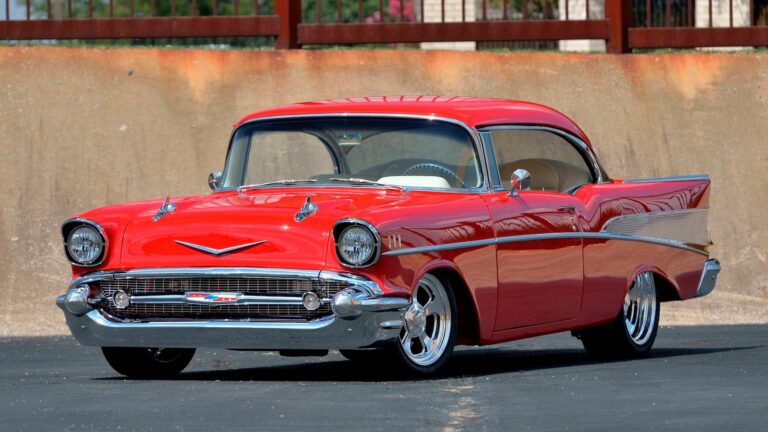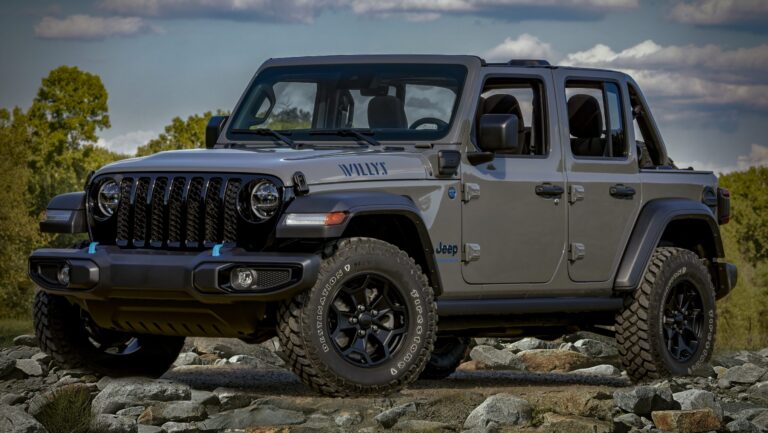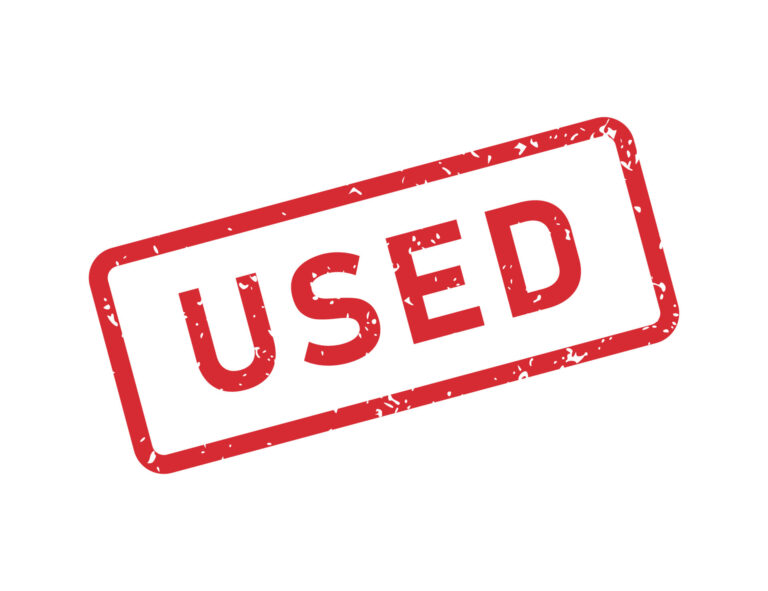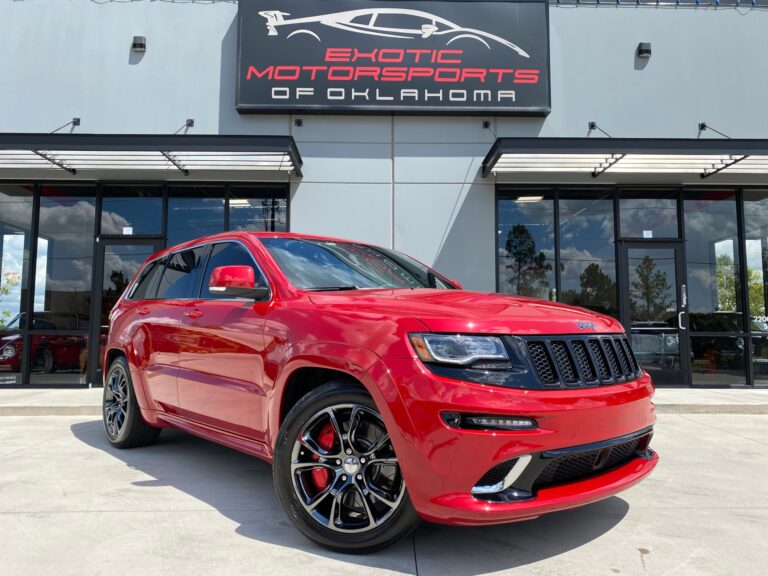Used Jeep Wrangler Wheels For Sale: Your Comprehensive Guide to Smart Upgrades
Used Jeep Wrangler Wheels For Sale: Your Comprehensive Guide to Smart Upgrades /jeeps.truckstrend.com
The Jeep Wrangler isn’t just a vehicle; it’s a lifestyle. From conquering challenging trails to cruising city streets, Wranglers are built for adventure and customization. One of the most impactful ways to personalize your Jeep, enhance its performance, or simply replace worn-out components is by upgrading or changing its wheels. While brand new wheels offer pristine condition, the world of Used Jeep Wrangler Wheels For Sale presents a compelling alternative, offering significant savings, unique styles, and an eco-friendly approach to upgrading your ride.
This comprehensive guide will delve into every aspect of purchasing used Jeep Wrangler wheels, providing you with the knowledge and confidence to make an informed decision. Whether you’re looking for a set of rugged beadlocks, stylish alloys, or simply a stock replacement, understanding the nuances of the used market can unlock incredible value and possibilities for your beloved Wrangler.
Used Jeep Wrangler Wheels For Sale: Your Comprehensive Guide to Smart Upgrades
Why Consider Used Jeep Wrangler Wheels?
Opting for pre-owned wheels might seem counterintuitive to some, but for Jeep owners, it’s often a smart and strategic choice. Here’s why:
- Cost-Effectiveness: This is undoubtedly the primary driver. Used wheels can be significantly cheaper than new ones, sometimes by as much as 50-70%, especially for OEM take-offs. This saving can be redirected towards other upgrades, a better set of tires, or simply kept in your pocket.
- Access to a Wider Variety: The used market offers an immense selection, including discontinued styles, specific OEM wheels (like Rubicon or Sahara take-offs) that might be hard to find new, and a broader range of aftermarket designs. This opens up more customization options than purchasing solely from new inventory.
- Off-Road Readiness: Many used sets, particularly those sold by fellow enthusiasts, come with already mounted and balanced tires, often with significant tread life remaining. This means you can get a complete wheel and tire package that’s ready to bolt on and hit the trails, saving you time and additional mounting/balancing costs.
- Replacement Solutions: If you’ve damaged a single wheel on your existing set, finding a matching used replacement can be far more economical than buying a whole new set or even a single new wheel from the manufacturer.
- Sustainability: Choosing used parts contributes to a circular economy, reducing demand for new manufacturing and keeping perfectly good components out of landfills. It’s a win for your wallet and the planet.

Understanding Jeep Wrangler Wheel Specifications: The Absolute Essentials
Before you even begin your search, it’s crucial to understand the key specifications that dictate whether a wheel will fit your specific Jeep Wrangler model. Getting this wrong can lead to frustration and wasted money.
- Bolt Pattern: This is the most critical factor. It refers to the number of lug holes and the diameter of the circle they form.
- Jeep JK (2007-2018), JL (2018-Present), and Gladiator JT (2020-Present): All use a 5×5" (5x127mm) bolt pattern.
- Older Wranglers (TJ/LJ 1997-2006, YJ 1987-1995, CJ 1976-1986): These typically use a 5×4.5" (5×114.3mm) bolt pattern.
- Always double-check! Do not assume.
- Diameter: Common sizes range from 15 inches (mostly for older Wranglers) to 20 inches. Larger diameters generally mean lower profile tires, which can impact ride quality and off-road capability.
- Width: The width of the wheel (e.g., 8.5 inches) affects how wide a tire you can safely mount and how the tire’s sidewall behaves.
- Backspacing and Offset: These terms are often used interchangeably but refer to slightly different measurements that dictate how far the wheel sticks out from or tucks into the fender well.
- Backspacing: The distance from the mounting surface (where the wheel bolts to the hub) to the back edge of the wheel. Lower backspacing means the wheel sticks out further. Common for Wranglers running larger tires to prevent rubbing.
- Offset: The distance from the mounting surface to the centerline of the wheel. Positive offset means the mounting surface is towards the outside of the wheel (tucks in); negative offset means it’s towards the inside (sticks out).
- Understanding these is crucial for tire clearance, especially when running larger tires or lift kits. Many aftermarket wheels for Wranglers will have less backspacing or a negative offset compared to stock to push the wheels out, improving stability and accommodating wider tires.
- Hub Bore: The size of the center hole in the wheel that fits over the vehicle’s hub. It should be equal to or slightly larger than the hub. If it’s larger, hub-centric rings can be used to ensure a snug fit and prevent vibrations.
Where to Find Used Jeep Wrangler Wheels For Sale
The hunt for the perfect set of used wheels can take you to several different avenues:
- Online Marketplaces:
- Facebook Marketplace/Groups: Excellent for local deals. Search for "Jeep Wrangler wheels," "JK take-offs," "JL wheels," etc. Many dedicated Jeep buy/sell groups exist.
- Craigslist: Similar to Facebook, good for local pick-ups.
- eBay: Wider reach, often includes shipping options, but prices might be higher due to fees.
- Dedicated Jeep Forums (e.g., JLWranglerForums.com, JK-Forum.com, WranglerForum.com): Many forums have "For Sale" sections where members sell parts. These are often trustworthy sellers who know their products.
- Local 4×4 Shops/Tire Stores: Many shops take trade-ins or have "take-off" wheels from customers upgrading. You can inspect them in person and often get professional advice.
- Jeep Clubs & Events: Networking with local Jeep clubs can lead to great deals, as members often upgrade and sell their old parts within the community. Jeep Jamborees or local meet-ups are also good places to inquire.
- Salvage Yards/Auto Recyclers: While less common for high-demand Wrangler parts, you might stumble upon a deal, especially for older models or single replacements.
- Specialized Used Parts Websites: Some online retailers specialize in used OEM parts or take-offs.
The Inspection Process: What to Look For Before Buying
This is arguably the most critical step. A thorough inspection can save you from a costly mistake.
- Visual Damage:
- Cracks: Absolutely avoid wheels with cracks, especially around the lug holes, spokes, or rim edges. These are structural failures.
- Bends/Dents: Look for any noticeable bends or flat spots on the rim, particularly on the inner barrel. A bent wheel cannot be balanced properly and will cause vibrations.
- Deep Gouges/Curb Rash: Minor curb rash on the lip is usually cosmetic and acceptable. Deep gouges, however, can compromise the wheel’s integrity or lead to air leaks if they affect the tire bead seat.
- Corrosion/Rust: On steel wheels, surface rust is common but excessive rust can indicate structural weakness. On aluminum wheels, look for oxidation, especially around the lug nuts or valve stem.
- Spin Test (If Possible): If you can, ask the seller to spin the wheel on a balancer or even just by hand to check for significant wobbles or run-out.
- Lug Holes: Inspect the lug holes for elongation, cracks, or damage from over-torquing. Damaged lug holes are a serious safety concern.
- Tire Condition (If Included):
- Tread Depth: Use a coin or a tread depth gauge.
- Sidewall Cracks/Dry Rot: Inspect for any cracks, bulges, or signs of dry rot, especially on older tires.
- Uneven Wear: Can indicate alignment issues from the previous vehicle, which might affect the tire’s lifespan.
- DOT Date: Check the four-digit DOT code (e.g., 2221 means 22nd week of 2021). Tires older than 6-7 years, even with good tread, can be compromised.
- TPMS Sensors: For JK/JL/Gladiator models, TPMS (Tire Pressure Monitoring System) sensors are essential. Check if they are included and if they are compatible with your Jeep’s year. You may need to have them reprogrammed or replaced.
- Center Caps and Lug Nuts: Ensure these are included if desired, as purchasing them separately can add unexpected costs.
Pricing Used Jeep Wrangler Wheels
The price of used wheels varies wildly based on several factors:
- Condition: Pristine, like-new wheels command higher prices than those with significant cosmetic or minor structural flaws.
- Brand: OEM take-offs (e.g., Rubicon wheels) are popular and hold value well. Aftermarket brands (e.g., Method, Fuel, Black Rhino) also vary greatly in price.
- Size: Larger or more aggressive sizes might be more expensive.
- Included Tires: A good set of tires significantly increases the value. Factor in the cost of new tires if they aren’t included or are worn out.
- TPMS Sensors: If included and functional, they add value.
- Rarity/Demand: Highly sought-after or limited-edition wheels will fetch a premium.
- Location: Prices can vary regionally based on supply and demand.
Tips for Gauging Fair Price & Negotiation:
- Research: Look up similar new wheel prices for comparison. Check recently sold listings for used wheels on eBay or Facebook Marketplace.
- Be Realistic: Don’t expect perfection at rock-bottom prices.
- Negotiate Politely: Most sellers expect some negotiation. Highlight any minor flaws you find during inspection as a basis for a lower offer.
- Factor in Additional Costs: Remember to include potential costs for shipping, mounting, balancing, TPMS sensor replacement/reprogramming, and new lug nuts if not included.
Installation and Post-Purchase Considerations
Once you’ve secured your used wheels, a few more steps are necessary to get them safely on your Jeep:
- Professional Installation vs. DIY: While you can technically bolt them on yourself, professional mounting and balancing are highly recommended for a smooth, safe ride. This is especially true if tires are included or if you’re mounting new tires on the used wheels.
- Balancing: Essential to prevent vibrations at speed. Even if the wheels came with tires, re-balancing is often a good idea.
- Alignment: If you’re significantly changing wheel or tire size, or if your old tires showed uneven wear, getting a professional alignment is crucial for tire longevity and steering stability.
- Torque Specs: Always torque your lug nuts to the manufacturer’s recommended specifications using a torque wrench. Re-torque after 50-100 miles.
- TPMS Reprogramming: Newer Wranglers may need their computer reprogrammed to recognize new TPMS sensors or to recalibrate existing ones.
Common Pitfalls and How to Avoid Them
- Buying Damaged Goods: The biggest risk. Thorough inspection (as detailed above) is your best defense. Ask for clear, high-resolution photos of all angles and any reported imperfections.
- Incorrect Fitment: Double-check that bolt pattern, backspacing, and diameter are compatible with your specific Wrangler model and any modifications (like lift kits).
- Hidden Costs: Factor in shipping, mounting, balancing, TPMS, lug nuts, and potential tire replacement. What seems like a cheap deal can quickly add up.
- Misleading Descriptions: Don’t rely solely on the seller’s description. Verify everything independently.
- No Return Policy: Most private sellers offer no returns. Be confident in your purchase before handing over money.
Used Jeep Wrangler Wheels For Sale: Estimated Price Table
Please note that these prices are estimates and can vary significantly based on location, seller, specific brand/model, condition, included accessories (TPMS, lug nuts), and current market demand. Prices are typically for a set of four wheels.
| Wheel Type / Condition | Size Range (Diameter) | Price Range (Set of 4, Wheels Only) | Price Range (Set of 4, With Tires) | Notes |
|---|---|---|---|---|
| OEM Stock (Steel) | 16" – 17" | $150 – $400 | $400 – $800 | Basic steel wheels, often from Sport models. Durable but heavy. |
| OEM Stock (Alloy) | 17" – 18" | $300 – $800 | $700 – $1500 | Common "take-offs" from Sahara, Rubicon, or JL Sport S models. |
| Aftermarket Alloy | 17" – 20" | $500 – $1500 | $1000 – $3000 | Varies greatly by brand (Fuel, Method, KMC), style, and condition. |
| Beadlock Capable | 17" | $800 – $2000 | $1500 – $3500 | Specialized wheels for serious off-roading. Often have cosmetic wear. |
| Individual/Spare | Any | $50 – $200 (per wheel) | $100 – $400 (per wheel) | For replacement of a single damaged wheel or building a full-size spare. |
Disclaimer: These prices are illustrative and should be used as a general guide. Always perform your own research based on current market conditions and the specific wheels you are interested in.
Frequently Asked Questions (FAQ)
Q1: What’s the absolute most important thing to check when buying used Jeep Wrangler wheels?
A1: The bolt pattern is paramount to ensure compatibility with your Wrangler model. After that, a thorough inspection for any structural damage like cracks or bends is critical.
Q2: Do used wheels usually come with tires?
A2: It varies. Many sellers offer wheels "with tires" (often referred to as "take-offs" if they’re OEM wheels with original tires), which can be a great value. Others sell wheels only. Always clarify what’s included.
Q3: Will I need new lug nuts for used aftermarket wheels?
A3: Often, yes. Aftermarket wheels frequently require specific types of lug nuts (e.g., acorn style, spline drive) that differ from OEM lug nuts. Factor this into your budget.
Q4: How do I know if the backspacing/offset will work with my Jeep and tire size?
A4: Research online forums and communities for your specific Wrangler model and desired tire size. Many resources and calculators can help you determine ideal backspacing/offset to avoid rubbing, especially if you have a lift or fender flares.
Q5: Is it safe to buy used wheels for off-roading?
A5: Yes, provided they are thoroughly inspected for structural integrity. Off-road wheels can show cosmetic wear (scratches, rock rash), but any cracks, significant bends, or damage to the bead seat makes them unsafe for any use, especially off-road.
Q6: What’s the difference between backspacing and offset?
A6: Both describe how the wheel sits on the hub relative to the fender. Backspacing is the distance from the mounting surface to the wheel’s inner edge. Offset is the distance from the mounting surface to the wheel’s centerline. For Wranglers, lower backspacing (or more negative offset) means the wheels stick out further, often desired for wider tires and a more aggressive stance.
Q7: How can I protect myself when buying from a private seller?
A7: Meet in a public place, inspect the items thoroughly, bring a knowledgeable friend if possible, and pay with a secure method (cash is common for local deals, but use caution). If possible, test fit one wheel before committing to the full purchase.
Conclusion
The market for Used Jeep Wrangler Wheels For Sale is a treasure trove for savvy Jeep owners. It offers an unparalleled opportunity to achieve significant cost savings, explore a vast array of customization options, and contribute to a more sustainable automotive hobby. By understanding the critical specifications, knowing where to search, diligently inspecting potential purchases, and factoring in all post-purchase considerations, you can confidently navigate this market.
Investing the time in thorough research and inspection will undoubtedly pay off, allowing you to enhance your Wrangler’s aesthetics, performance, or simply get it back on the road without breaking the bank. So go ahead, embark on your wheel-finding adventure, and elevate your Jeep Wrangler experience to the next level!
